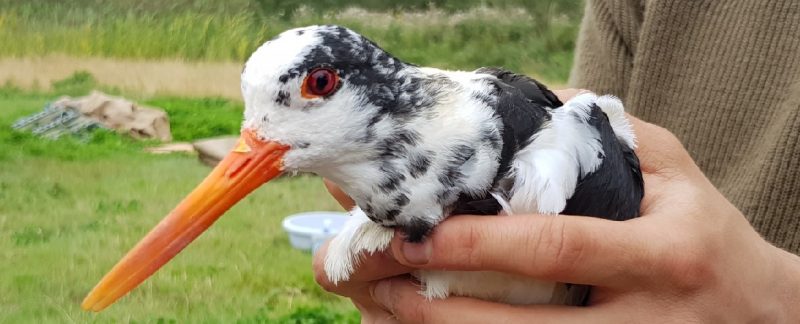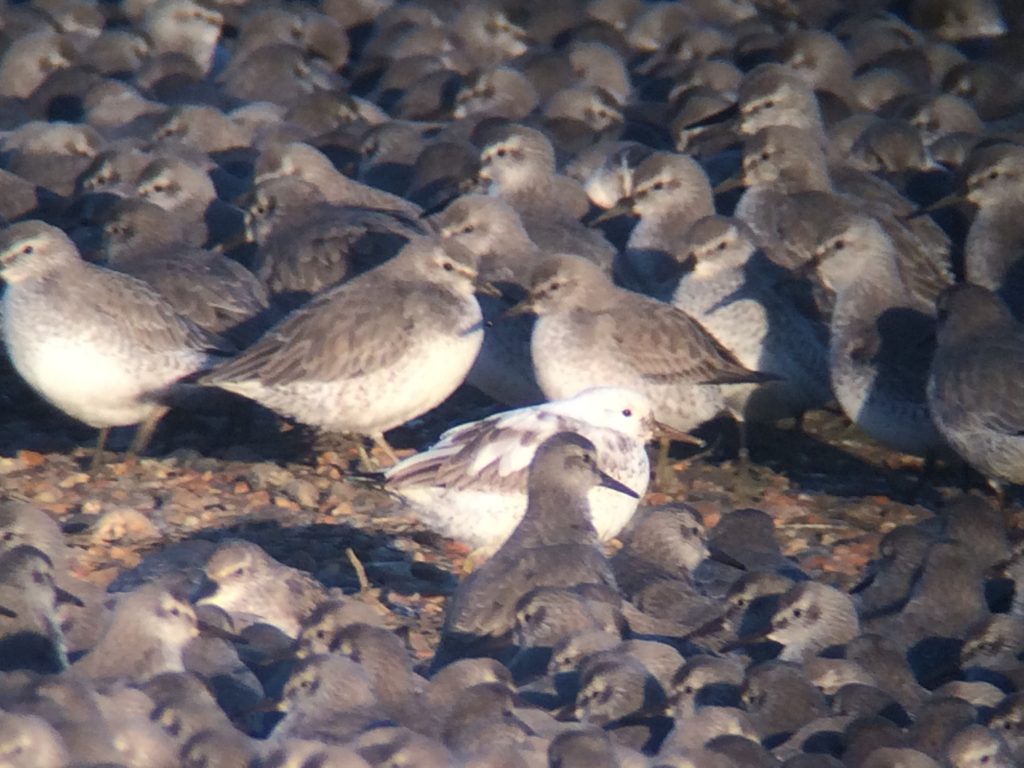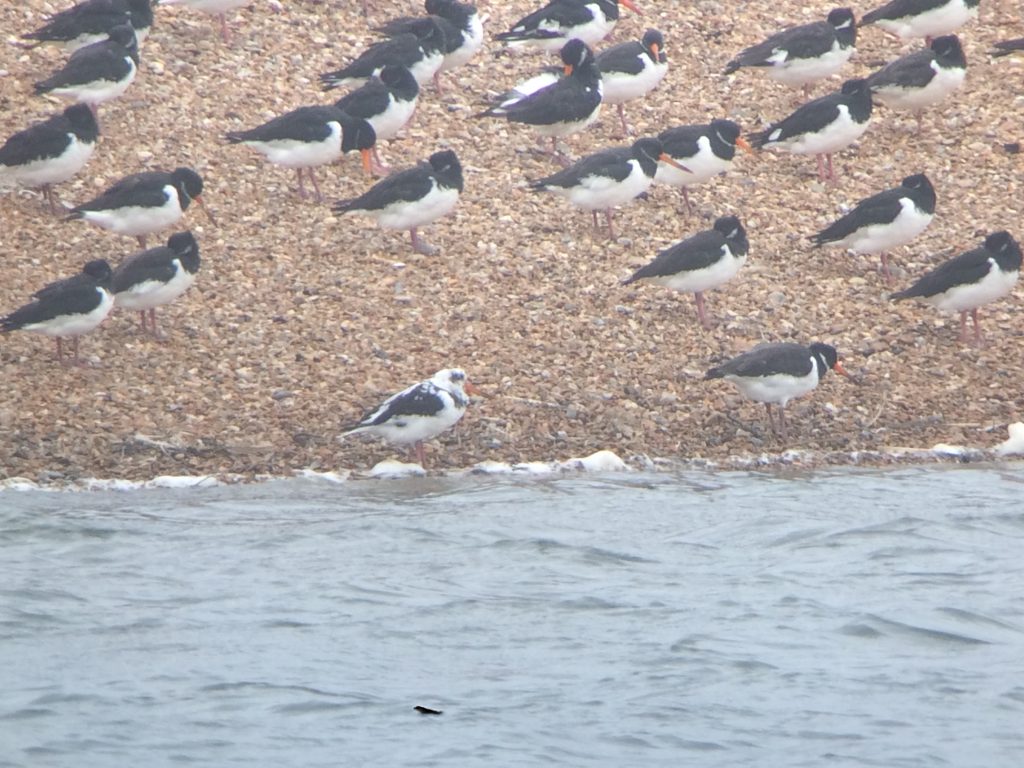Friday 9 September
The first members of the trip arrived at the Norfolk base on Friday.
Tim went out to recce on the evening tide at the White Barn. On a new pool out from the traditional White Barn catching pool there were 300 Redshank and 250 Dunlin.
Saturday 10 September
Norfolk:
Nigel and Tim went out in the afternoon to check out the new pool that Tim had found on Friday. They decided to set a single net there with a team of seven in a hide and a second team hiding out on the marsh. Bamboo poles were used to support the hide as they were lighter to carry further out onto the marsh to the new pool. The second team couldn’t see from where they were hiding in the long grass but they did enjoy a lovely sunset. The hide team was able to get to the net very quickly, the second team made a good effort to run the longer distance to the net.
Continue Reading →






